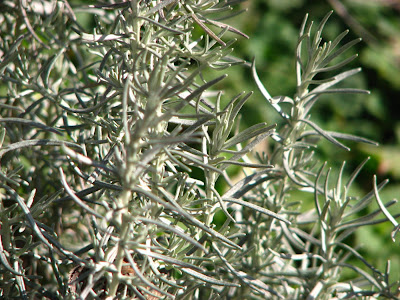

This was one of the more exciting herb additions for me last year. Most of us have had curry in a dish. In south east Asia curry takes the form of a past, most notably in Thai food. In the middle east curry is in the form of a spice blend powder form.
-
The least known and used is the plant that has a very strong curry spice blend flavor. Helichrysum italicum's, the Latin botanical name, flavor closely resembles the Indian spice blend in flavor. This is not a flavor or herb that is for all cooking applications. The flavor is distinct and you don't need much when adding it to a dish.
-
In yesterday's steak dinner post I mentioned I used the curry plant leaves in the onion reduction. After the onions had started to soften I added two or three curry plant leaves and it infused them with just a kiss of curry flavor. The best way to use the curry plant is similar to dry bay leaves just one or two leaves is enough for any dish.
-
If you're feeling adventurous this spring or you love the flavor of curry I recommend the curry plant highly.



No comments:
Post a Comment